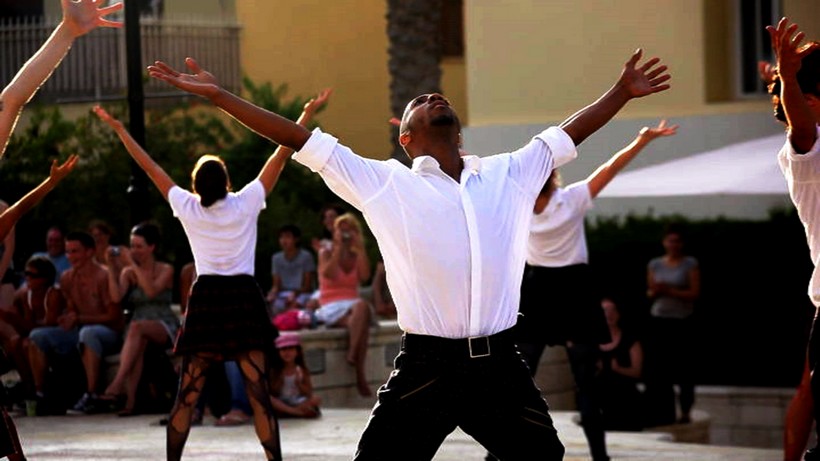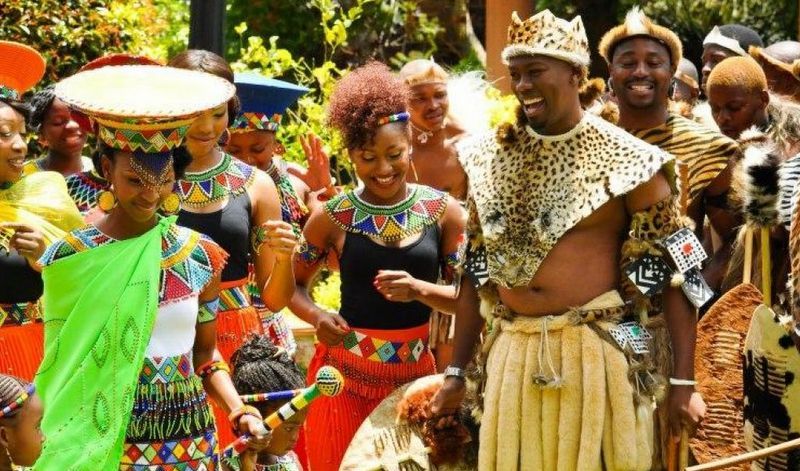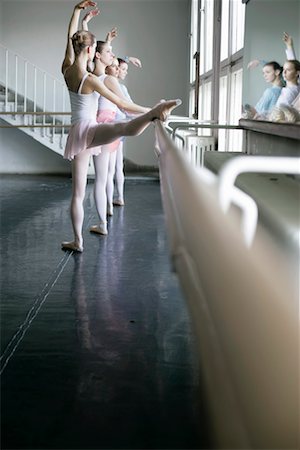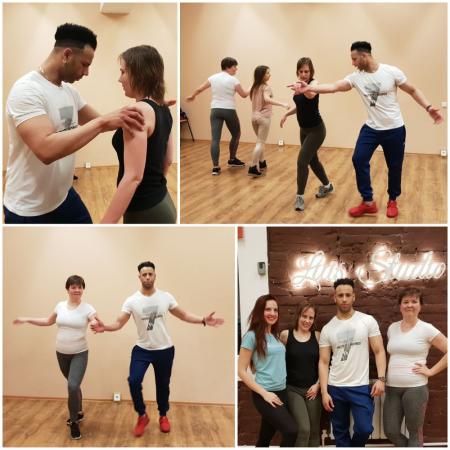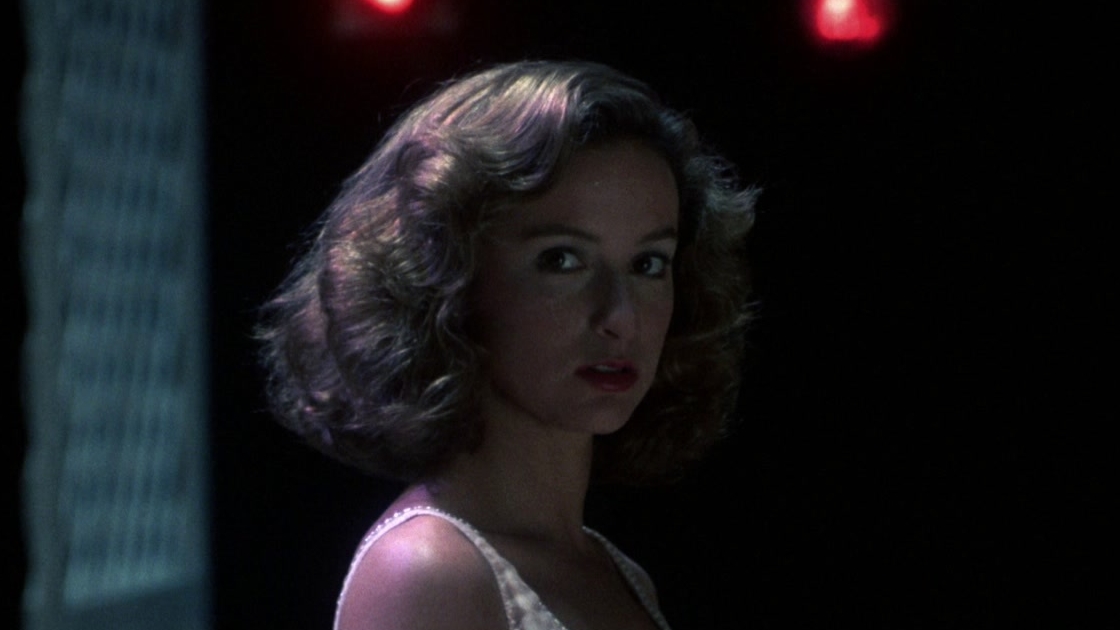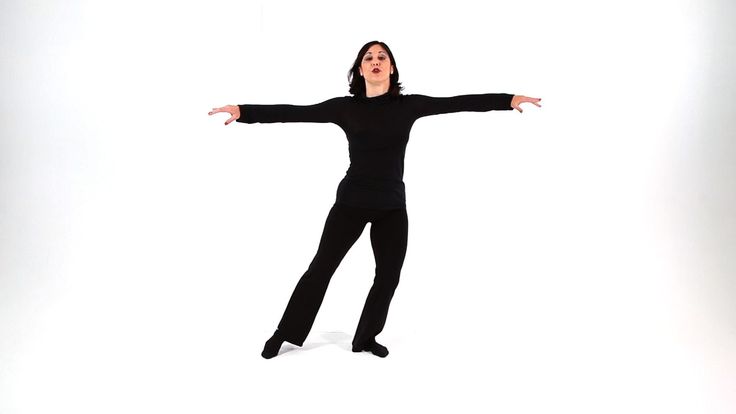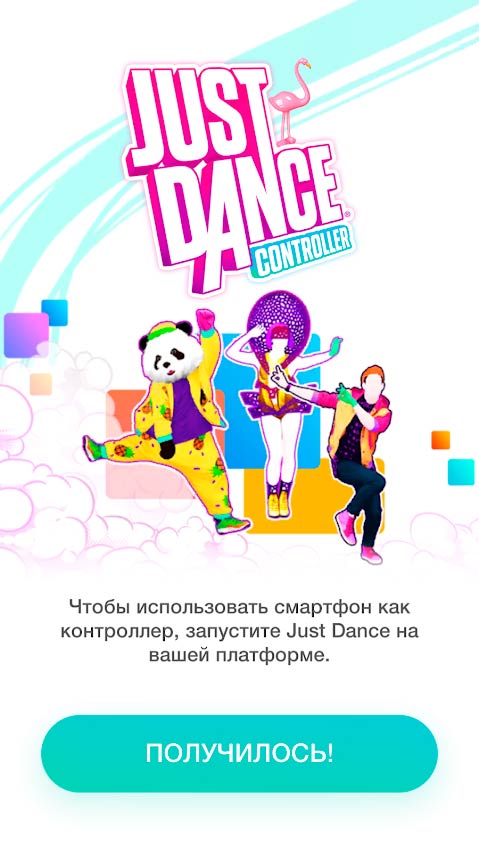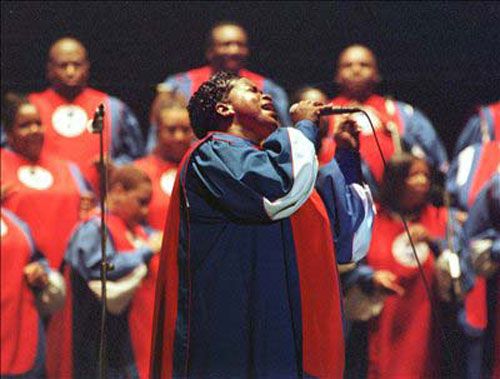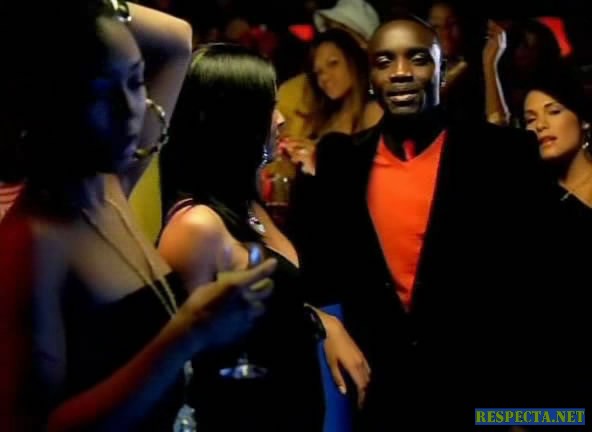How to israeli dance
Israeli Dances. | Israeli Dances
Can you help?
Any song you can translate!
Into any language!
Dance Teachers
Add + update your dance sessions
Add your dance class
Jewish Holidays
Info, links and songs for each holiday
Easy way to plan!
Make your list!
Create your own personal list of your favourites!
Create an Online List for 'My Favourite Dances'
Keep it. Print it. Email it. Unique to Israelidances.com
Create list
Jerusalem of Gold
Listen to the song, Buy the CD, See the Song Words See the dance
Read more
'Nirkod Lashalom Dance for Peace'
Our Theme Song and the international award-winning song and dance.
Song words. Listen & Watch.
Read more
Nostalgia Dances
The Nostalgia Project - Chronicling Israeli dances since 1924.
You can also visit the Nostalgia Master List.
Read more
What You'll Find On Our Site
- Add your dance events from anywhere in the world
- Enjoy learning the song words to dances
- Find by name people in Israeli dancing worldwide
- Find every Israeli dance Class and Camp around the world
- Find online dance Chat groups in English and Hebrew
- How many countries have Israeli dance sessions?
- Keep up with the Jewish Holidays
- Visit the unique Israeli Dances Database © in Chinese, English and Hebrew
Articles
- "Let my people dance"
The Refuseniks revisited - "Creating The Dance"
The stories behind the creation of the dances
Add Your Event
Create an event and be seen in over 80 countries worldwide!
Add your dance event or add a general event.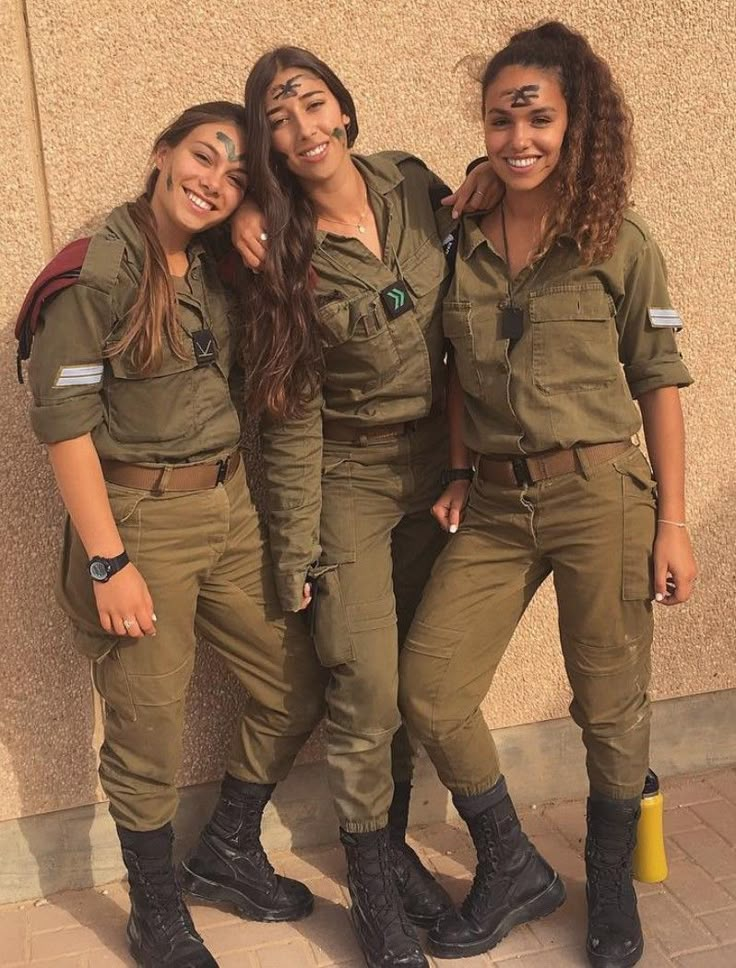
Dance For Peace
"The dance "Nirkod Lashalom" written and choreographed by Australians, presented at the Karmiel dance festival, shown on video by Israel's top teachers: Shlomo Maman, Yaron Carmel, Yaron Ben-Simchon and Gadi Bitton, has been seen by dance sessions around the world.
Almost every Israeli folk dancer alive today has seen this dance. This did not happen since the Israelites danced with Miriam, the sister of Moses, when they reached the safety of the far side of the Red Sea.
But then all the Israelites were gathered in one place, unlike today when we are scattered in all four corners of the earth yet, we will be doing the same dance all at the same time. Phenomenal."
I taught "Nirkod Lashalom" to my class as depicting the road to peace - with its surprising twists and turns, hesitations, grand gestures, and halting steps backwards, yet really simple to achieve.
If you persist and try again you get there at the end. Dance for Peace."
Dance for Peace."
P. Smolash, Montreal, Canada
From Our Shop
Shofar - Size 2
$86.00
Mask - What's Not to Love - with filter pocket
$22.50
BRACELET: Silver chai with inlaid stones and heart clasp
$39.95
Tote Bag - "What's Not to Love"
$21.50
Kippah - suede CREAMY WHITE color with Aussie logo
$12.95
Kippah - suede GOLD color with Aussie logo
$12.95
Cushion cover - GOLD with Aussie logo
$18. 95
95
Cards: Thank You cards (Toda Raba) - 6-pack
$12.50
Cards: Mazel Tov cards (Congratulations) - 6-pack
$16.50
Tallit - Size 18
$110.00
LAMP - LED Colour changing Bottle holder
$24.99
Kiddush Cup - Aluminium
$82.50
CLASSES AUSTRALIA
Where to dance in AustraliaCanberra
Sydney Gosford
Darwin
Brisbane
Gold Coast
Melbourne
Canberra
Canberra Israeli Dance Group
Enquiries: Contact the Community Office on (02) 6295 1052
Venue: Jewish Centre, National Cct cnr Canberra Ave, (entrance on National Cct), Forrest
Folk Dance Canberra
Enquiries: Lesley on 02 6286 6401
National Folk Festival (NFF)
Each year, over the long Easter weekend the National Folk Festival will have some Israeli
dance displays and open dancing together with klezmer bands and everything else folk.
NEW SOUTH WALES
Central Coast (Near Gosford)
Class run by Avi Zohar
Phone 0417 208 150
Thursday 8 pm at the Woodport Primary School, SE cnr The Entrance Rd &
Ernest St, Erina (near Gosford).
Cost: Free first lesson. $9 per lesson. $80 per 10 weeks.
Sydney
Classes taught by Frances Fester
Eastern Suburbs formerly Hamoadon.
For the full schedule click on to the Israeli dancing Sydney website
NORTHERN TERRITORY
Darwin
The Dance Co-op
Tue, Leanyer Primary School, Leanyer (Darwin)
7 pm-7.30 Israeli, 7.30 -9 international dancing, 9-9.30 Israeli dancing
QUEENSLAND
Brisbane
Shvoong - Israeli dancing Brisbane
Tuesdays, 19:30-21:00, St Ignatius School Hall, Toowong
No experience necessary, Dance to Fitness & Just Have Fun
Enquiries: Maya Chester 0403 142 568
Gold Coast
Enquiries: Naava on (07) 5597 0159
or c/o PO Box 5285GC MC, QLD 4726.
Wednesday nights at 8.00 - 9.30 p.m at the Gold Coast Hebrew Congregation, 34 Hamilton Avenue,
Surfers Paradise. Enter through the rear via Markwell Street.
VICTORIA
Melbourne
Hora | Keff | Machol | Nirkoda | Zooz | U3A | Women only |
HORA Israeli Dancing Melbourne Australia
Israeli Dance Classes for all ages & levelss
Enquiries: Helen Sokolski (03) 9576 1108, Sue Appel 0417 387 527
Email: horadancing@gmail.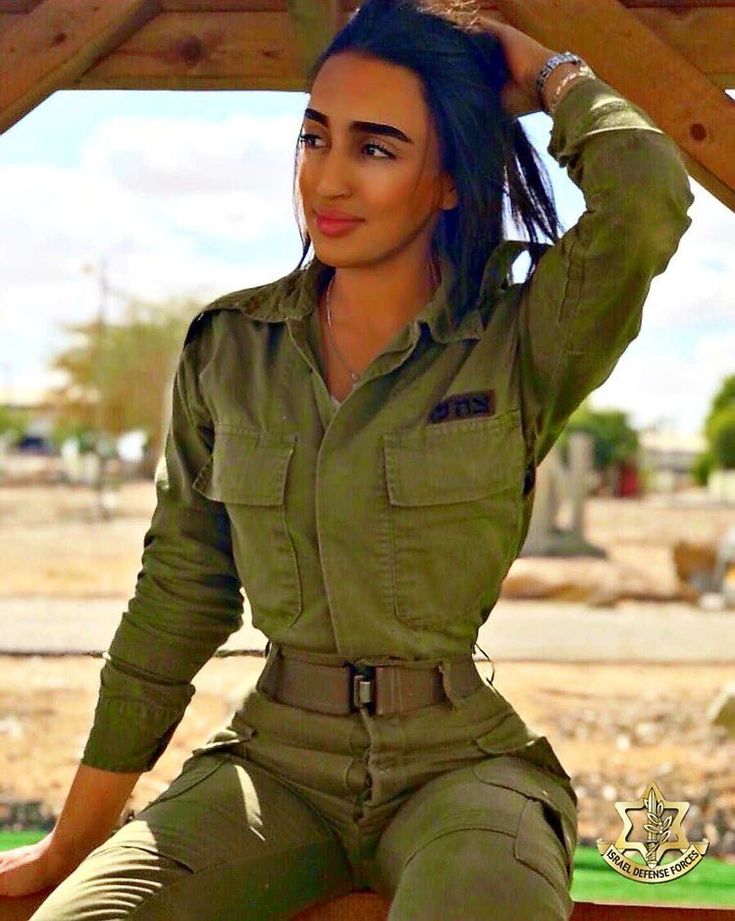 com
com
See the list of dances taught at Hora
Keff Melbourne
Email: [email protected]
Contact: Belinda 0415 452 871
See the Keff repertoire
Machol Israeli Dancing Club
Enquiries: Shula (03) 9509-6950, Esther B (03) 9528-2368 Jan (03) 9579-6118.
Lili (03) 9523-6428 Rita ph 0407 883 351
Email: [email protected]
See the list of dances taught at Machol
| MON | 7:45 pm 8-11 pm | Beginners Intermediate | Bentleigh McKinnon Youth Centre, 5 Higgins Rd, Bentleigh Teachers (Beginners): Rita & Lili Teachers: Shula and Moishe |
| Tue | 8-11 pm | Advance Partners | Bentleigh McKinnon Youth Centre, 5 Higgins Rd, Bentleigh Teachers: Shula and Moishe |
| Thu | 8-8.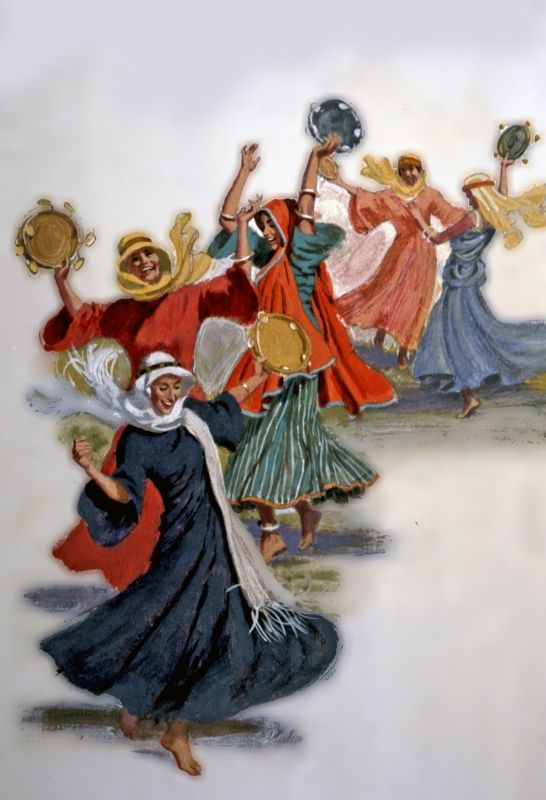 30 pm 30 pm 8-11 pm | Line Dancing Super Advanced | Bentleigh McKinnon Youth Centre, 5 Higgins Rd, Bentleigh Teachers: Shula and Moishe |
| Sat | 1.30 pm | Intermediate - Advanced | Bentleigh McKinnon Youth Centre, 5 Higgins Rd, Bentleigh Teachers: Shula and Moishe |
| Sat | 4-6 pm | Advanced Partners | Bentleigh McKinnon Youth Centre, 5 Higgins Rd, Bentleigh Teachers: Shula and Moishe |
Nirkoda Israeli Folkdancing Club
Email: nirkodamelbourne@gmail.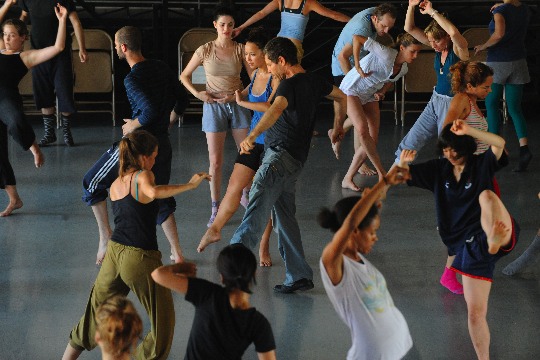 com
com
Contact: Judi 0407 517 865 or Denise 0450 926 303
Post: Nirkoda Israeli Folk Dancing Club, PO Box 477, Elsternwick 3185
See the list of dances taught at NIrkoda
Zooz Israeli Dancing School
Email: [email protected]
Telephone: Richelle 0416 137554 Belinda 0414 486 053
Postal: Zooz Israeli Dancing School, 35/197 Bay Street, Brighton, Victoria 3186
See the list of dances taught at Zooz
U3A - University of the Third Age
The University of the Third Age offers a number of classes for those who have reached age 55.
There is an annual membership fee; all classes are free to members. All welcome.
Read about U3A
Glen Eira branch Timetable
Enquiries (03) 9572 0571, 10.30am-3.30pm, Monday-Thursday
Moorleigh Branch Timetable
For details of registration phone 9570-3929
Simcha and Mitzvah dancing
Ladies only, 12-120 years. Learn the latest wedding dances and get fit at the same time.
Learn the latest wedding dances and get fit at the same time.
Classes on Monday and Tuesdays
Contact: Rosa (03) 9532-8682 (not Shabbat)
WESTERN AUSTRALIA
Perth
Hora Maccabi
W.A. Israeli Folk Dancing Club
ENQUIRIES: Ruth Sandman (08) 6460-3846
Secretary, Hora Maccabi Israeli Dance Club
No dancing at Jewish and at school holidays.
| Timetable | |||
| Mondays | 8.45am - 9.45am | Seniors Low Impact Teacher: Claudia Hart | Gordon Bloomfield Hall at the Maccabi Grounds in Yokine |
| Wednesdays | 7.00pm 7.45pm | ||
| Wednesdays | 7.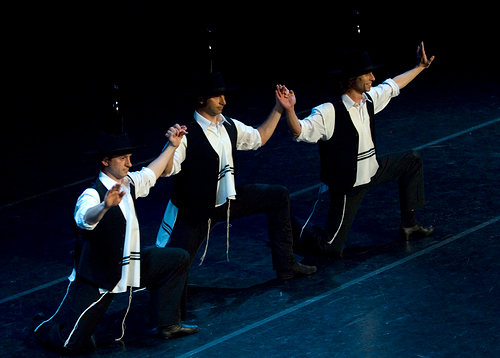 45pm 45pm9.15pm | Advanced Teachers:Batya Witham | Gordon Bloomfield Hall at the Maccabi Grounds in Yokine |
Hora Shalom
For more details contact: Jenni 0401 292 918, Margaret (08) 9335 3799
or email: [email protected] or [email protected]
| Timetable | |||
| Tuedays | 7.15pm - 9.00pm | Evening Classes Weekly Except school holidays | Scout Hall, 399 Rokeby Rd, Subiaco. |
| Thursdays | 10am - 12noon each Thursday | Contact Margaret (08) 9335 3799 or Sara (08) 9335 2042 | Sullivan Hall, cnr Nannine Ave & Stevens St, White Gum Valley.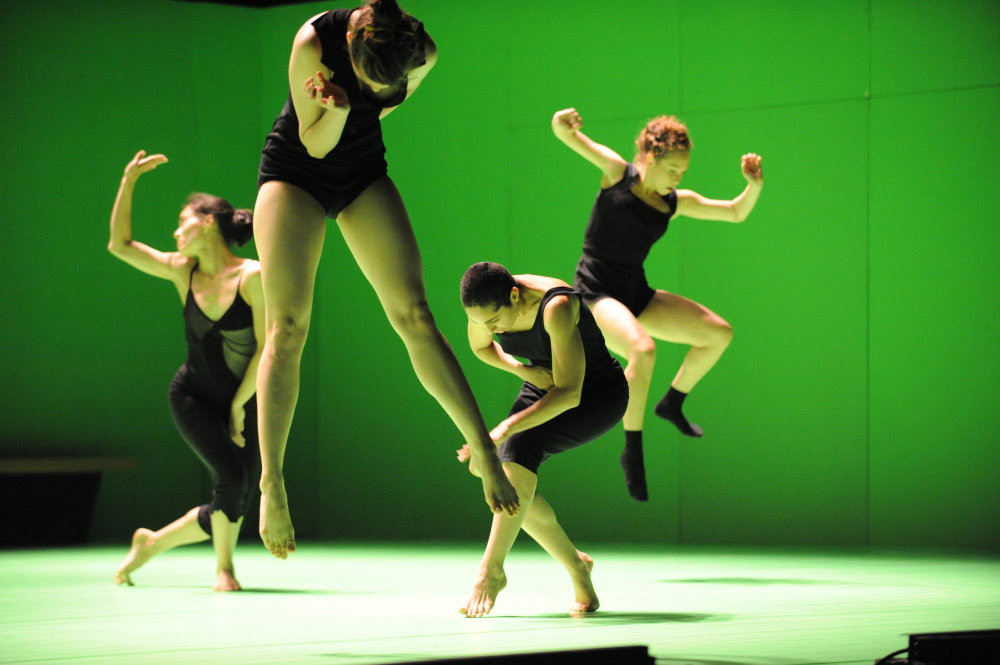 |
| Saturdays | Weekly 10am - 12noon | Dalkeith Hall, 97-99 Waratah Ave, Dalkeith. All levels. | |
| Partners | Classes Fortnightly on Saturdays 12.45 - 2.15pm | Scout Hall, Subiaco. Intermediate level. | |
| Beginner/ revision partner classes | fortnightly on Saturdays 9.00 – 10.00am | Contact Michiko (08) 9343 7119 or [email protected] or Jenny (08) 9450 4173 or [email protected] | Dalkeith Hall, 97-99 Waratah Ave, Dalkeith.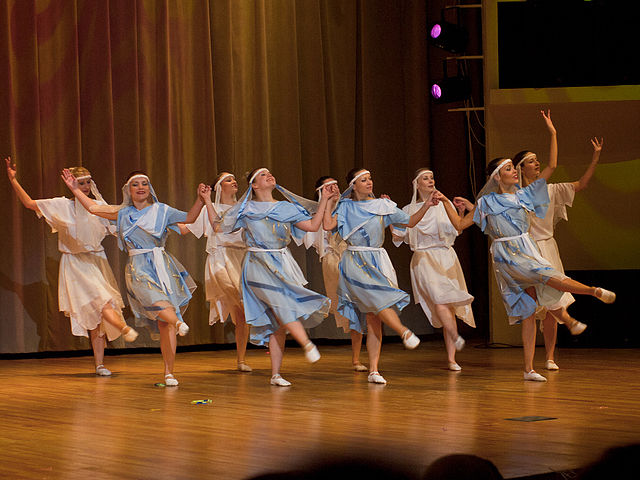 All levels. All levels. |
How Israeli dances fell in love in Taiwan
Folk dancing was once the only permitted group activity in Taiwan; this has resulted in some traditional Israeli songs and dances becoming firmly established in Taiwanese culture.
On a cool spring day in Yilan, a city on Taiwan's northeast coast known for its picturesque rice fields and delicious green onions, in a clearing under a bridge that served as a dance floor, against the backdrop of mountains and clouds, about 10 adult Taiwanese skillfully danced to folk melodies from around the world - including Israeli traditional music: "Hinei Matov", "David Melech Yisrael", "Sulam Yaakov".
In just three hours we saw over 35 dances. For some, these dances are almost second nature. They are all in their 50s and grew up at a time when folk dancing has been the only group activity allowed by the government since 1949, when the Kuomintang, in power in China, lost the civil war to the Communist Party and retreated to Taiwan.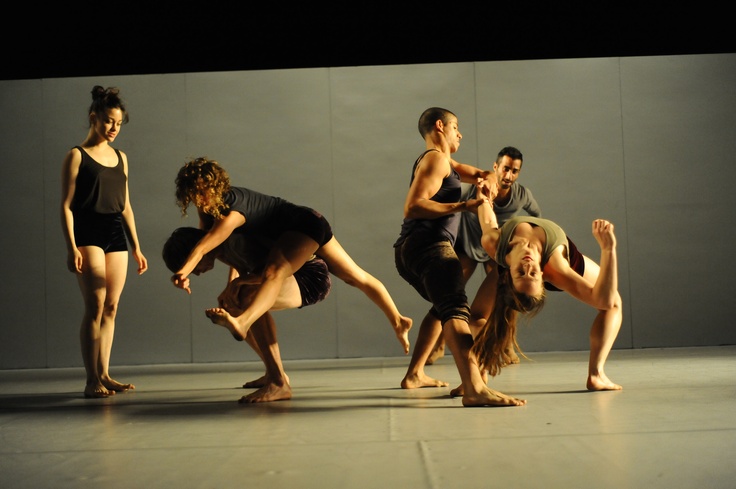 About two million Chinese fled to the island over the next few years.
About two million Chinese fled to the island over the next few years.
To suppress opposition activities, the Kuomintang ruled Taiwan under strict martial law: severe censorship of newspapers, books, television, radio, and other forms of entertainment, bans on "illegal gatherings" and the study of ancient Taiwanese culture.
“The island was closed. Under these conditions, no one was allowed [to practice other forms of] dancing, everything was controlled. The only kind of dance you could do was folk dancing, says Xu Wenhong, a 57-year-old professor of food science at Yilan University who organizes weekly folk dance classes. We didn't have any entertainment. Even cinema was under control. So when I was a kid and saw my mom dancing, I thought it looked funny. When I went to college, I joined a club." There he met his wife Cui-yan. Since then, they have held regular events together in Yilan.
“Folk dances played a political and social role during and after the martial law period in Taiwan,” writes Wei-Ji Wu of the University of California, Riverside, in her dissertation on the subject.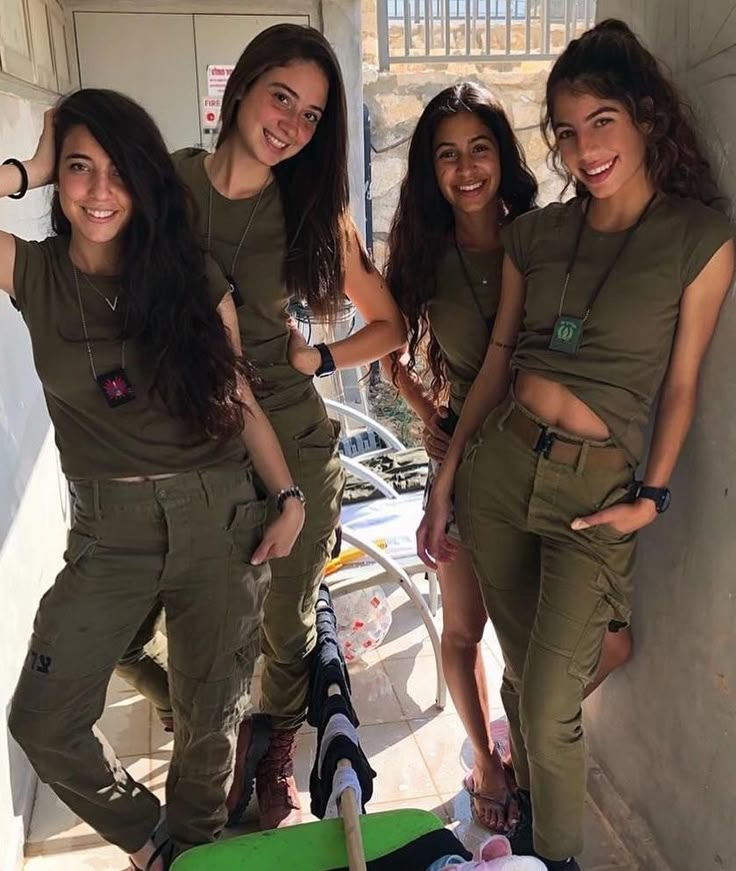 "For the national government, the dances of the various peoples were cultural 'proof' that demonstrated Taiwan's alliance with the United States and its opposition to communist China."
"For the national government, the dances of the various peoples were cultural 'proof' that demonstrated Taiwan's alliance with the United States and its opposition to communist China."
To this end, in the 1950s, the Taiwanese government invited American dance instructors to introduce dance to teachers throughout the island, who would bring it to their elementary schools and universities. Soon, almost all schools used folk dances from all over the world as exercises for students, and almost every university had a folk dance club.
At the time, the United States actively provided military, political, and economic support to Taiwan until it formally recognized the People's Republic of China in 1979 and support became less demonstrative.
Prominent American choreographer and folk dance teacher Ricky Holden brought the songs "Mayim Mayim" and "Shibolet Besade" to Taiwanese teachers during his first visit.
"Mayim Mayim" ("Water, Water") turned out to be one of the first folk dances introduced in Taiwan - called "Water Dance".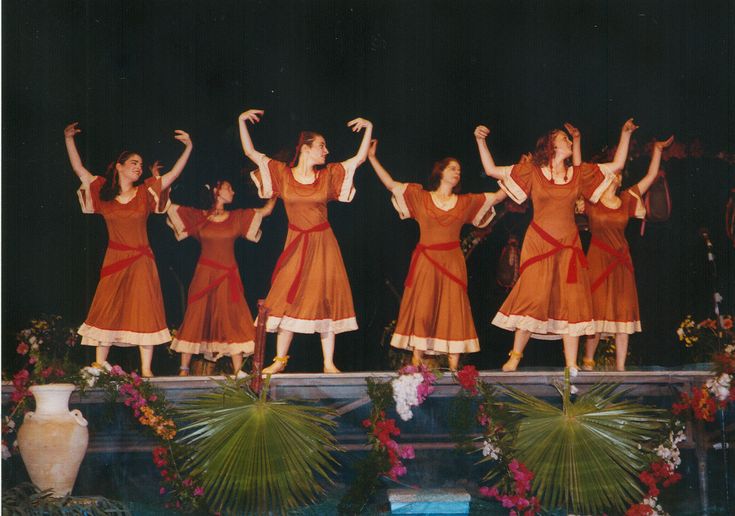 In 2007, the Taiwan International Folk Dance Association made it the theme of its 50th anniversary workshop.
In 2007, the Taiwan International Folk Dance Association made it the theme of its 50th anniversary workshop.
By the way, during the Asian tour, Holden also stopped in Japan, where “Mayim” also firmly entered the culture and still sounds in advertising and video games to this day.
“It was a kind of internationalization that allowed people to have a 'worldwide' experience even though they couldn't leave the country,” Xu says.
Fang-ji Chen, a 77-year-old retired teacher and well-known dance teacher in Taiwan, was one of the first groups of children to take dance lessons at school. Every day, 10 minutes before the start of classes, teachers danced with students in the school corridors, she recalls.
At that time, there were still very few dances known to teachers, mostly Scandinavian and Israeli dances, such as Mayim.
“Most Israeli dances were in 2/2 or 4/4 time, the rhythm was very clear, and they were easy to learn,” Chen says.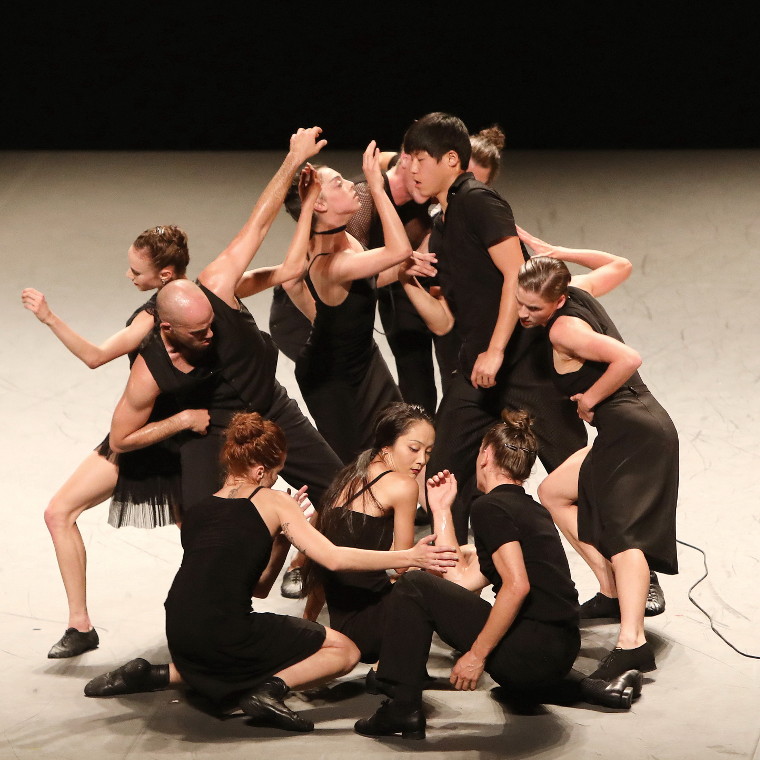
Jiaxin Jiang, a 62-year-old resident of Yilan, said that learning the folk dance of another country allows him to feel the spirit of that country or people.
How do Taiwanese feel about Israeli dance?
“Strength and unity,” he is sure. Jiang says he is inspired by how Jews were able to keep the memory of the Holocaust alive through literature and cinema. He showed his family, including his 25-year-old daughter Lucia, the films Fiddler on the Roof and The Pianist.
Lucia's grandmother left China for Taiwan in 1945, hoping only to stay temporarily to take care of her sister's child. Martial law prevented her from returning home, but then she met her husband in Taiwan.
Lucia says: “I think we have a similar background, some connections. And I think seeing Israel so strong now is very reassuring.”
Lucia is not the only one who thinks so. Taiwan is facing a reversal in China, which is aggressively claiming the island as its territory; and some proponents of Taiwanese independence idealize Israel as a paragon of military might and nation-building.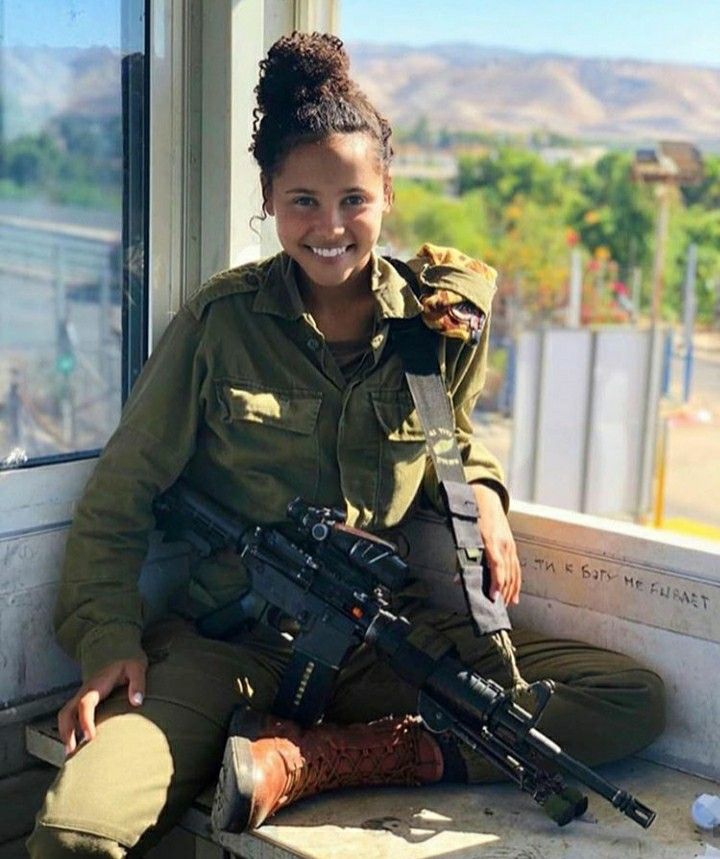
In high school, Lucia decided to explore Jewish culture more deeply by studying Israeli dance. “Some of the gestures praise God or thank Him for giving them rain because they lived in the desert,” says Lucia. “Although I am not religious, but when I dance, I feel very calm and happy, respecting everything that the world gives me, such as rain and food.”
When martial law was lifted in Taiwan in 1987, folk dance largely fell out of fashion. For the first time, Taiwanese were able to experiment with hip-hop and jazz. Ancient Taiwanese dances have reappeared. But children are still taught the national dances of other nations in a few schools, and there are clubs in several colleges.
Lucia still occasionally attends dance classes with her parents, although she now views it as "for people of a certain age."
Israeli dances remain very popular among other folk dances, in part because of the abundance of new dances staged over the years to modern Israeli pop music, Chen says.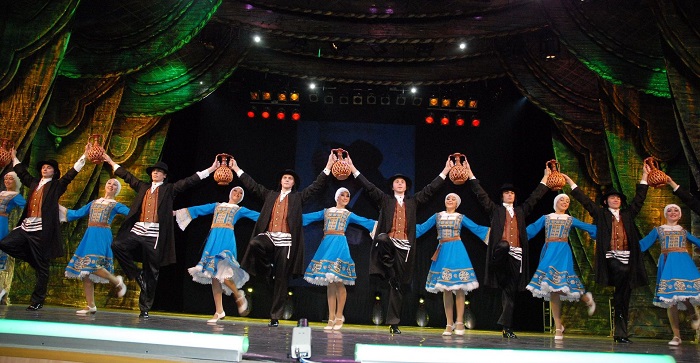 Groups can attract more members simply by incorporating Israeli dance into their practice. Israeli dance moves are even used in dances to popular Taiwanese music.
Groups can attract more members simply by incorporating Israeli dance into their practice. Israeli dance moves are even used in dances to popular Taiwanese music.
So, despite the general decline in popularity, Chen and Xu from Yilan do not seem too sad. Both still dance in groups on a full-time basis, and before the pandemic regularly traveled to dance festivals around the world. And of course, the annual Asian Dance Camp in Taiwan, one of the most famous international folk dance events in the world.
“The younger generation now has more opportunities than before. Fortunately, they can go anywhere and learn the dance of another country. I am very comforted and happy when I see them dancing,” says Chen.
Translated by Maria Yakubovich
Source: ynetnews.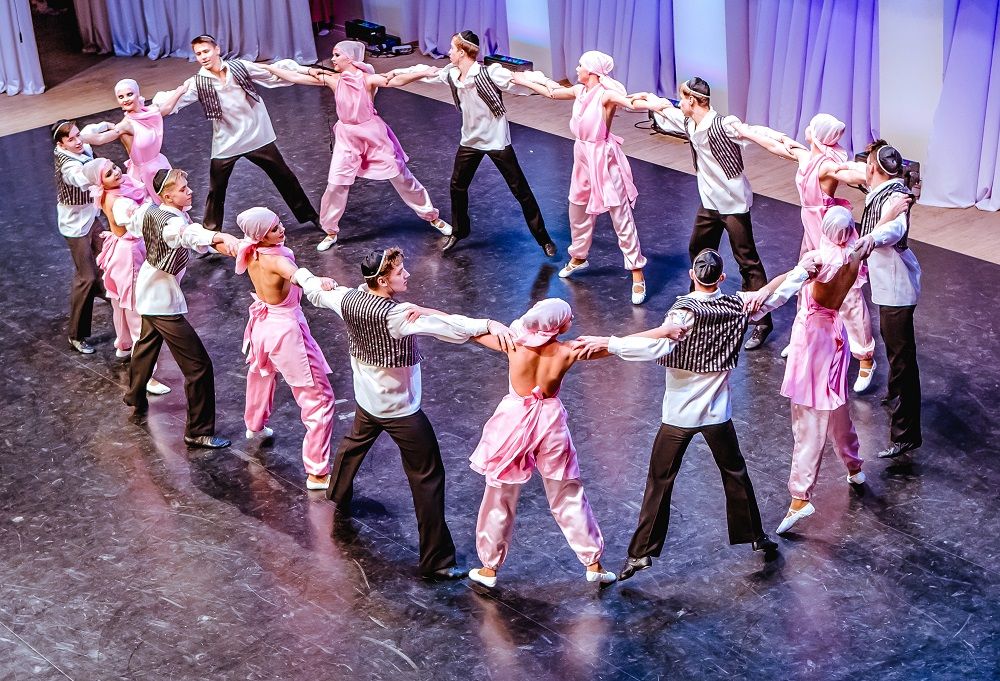 com
com
Israeli Dances
The path to the formation of Israeli folk dance is tortuous and original. The reason for this was the fragmentation of Jewish communities that carry an independent cultural heritage, isolation from their native land, the influence of the dance traditions of those countries in which the diasporas were located. Of course, it is impossible to deny the existence of a national Jewish dance that has passed through many centuries, survived in the storms and persecutions that befell the people of the Promised Land. Since ancient times, having a religious character, the dances of the Jews to this day remain an integral part of family and national holidays. However, a single ethnic material became the basis for creating completely different dances in terms of technique and content.
Traditional Jewish dance has been an important part of Jewish cultural heritage since biblical times. In the past, it was used as an integral part of religious ceremonies and rituals. Traditional dances continue to flourish in some communities to this day.
Traditional dances continue to flourish in some communities to this day.
Traditional Jewish dance
Early in the history of Judaism, dance was used to express various emotions. Jews have danced for centuries to express their joy, sorrow and any other emotions applicable to a particular time and event. Some of these dances have survived to this day, for example, at weddings, a traditional dance is often performed, accompanied by well-known klezmer music.
Jewish dances have been formed and developed over many centuries, combining the traditions of both the Jews themselves and the traditions of the pagans with whom they lived side by side. However, their own style and some traditions - for example, the rule that you can not dance along with the opposite sex at formal events.
There are many different types of traditional Jewish dance, but in general there are three most famous genres.
Israeli dance
Israeli dance is often considered a form of folk dance accompanied by music from Israel.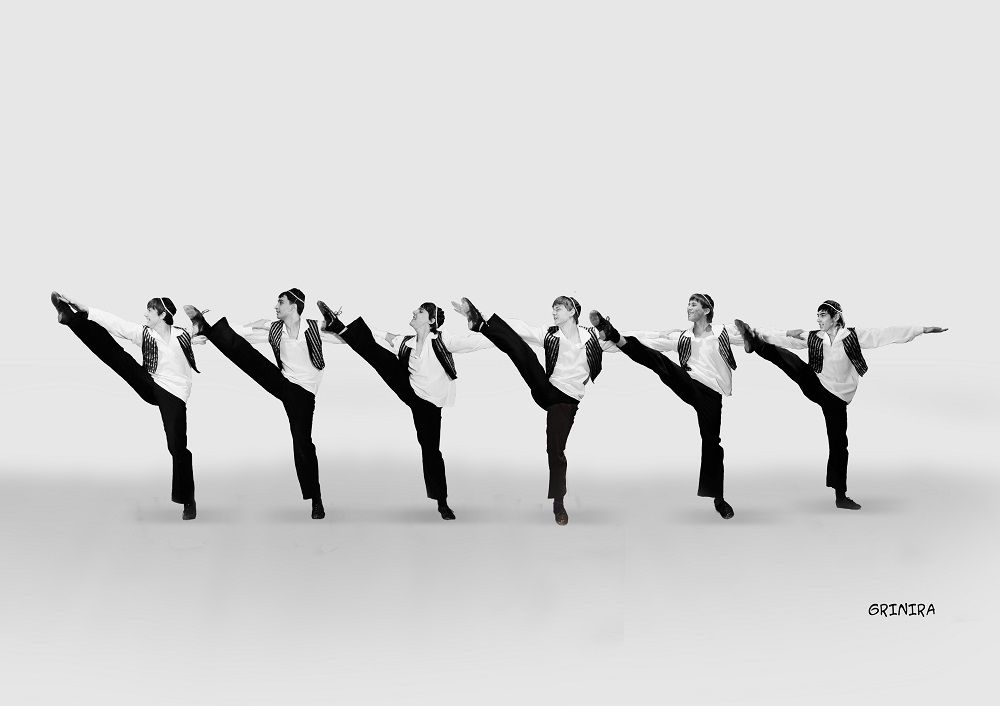 It was originally formed during worship during the creation of a new culture in the ancient world, as a result of a combination of various forms of dance along with traditional steps. Israeli folk dance even includes ballet movements.
It was originally formed during worship during the creation of a new culture in the ancient world, as a result of a combination of various forms of dance along with traditional steps. Israeli folk dance even includes ballet movements.
Hava Nagila
A beloved Israeli dance, the Hava Nagila was originally a Hebrew folk song that means "let's rejoice." Unlike many Jewish dances that focus on faith and freedom, Hava Nagila is also very popular in Jewish communities that are not as committed to folk traditions as the Orthodox. This is a social, festive dance that is known throughout the world.
On the territory of the former Soviet Union, the compositions “Seven Forty” and “Hava Nagila” were especially popular, accompanied by cheerful cheerful dances of the kan and choir. The choir was once preferred by the rural population, but later it was increasingly performed at weddings and other celebrations everywhere.
Israeli dance developed under the significant influence of the Hasidic and Yemenite Jewish diasporas.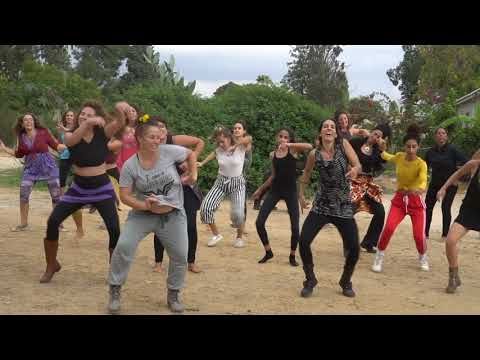 It is known that at the beginning of the 20th century, Edison even sent a film crew to Palestine to capture the dance of Yemenite Jews on film. It is impossible not to note the influence that the dances from Poland, Romania, and Ukraine, which penetrated the territory of Israel, had. Once in fertile ground, the dances acclimatized and harmoniously fit into the culture of the country. Often choreographic elements were part of a whole production with music, songs, recitations. Such dances were learned by the entire settlement right at the moment of their inception, and the most beloved of them soon acquired the status of folk dances, while others were simply forgotten.
It is known that at the beginning of the 20th century, Edison even sent a film crew to Palestine to capture the dance of Yemenite Jews on film. It is impossible not to note the influence that the dances from Poland, Romania, and Ukraine, which penetrated the territory of Israel, had. Once in fertile ground, the dances acclimatized and harmoniously fit into the culture of the country. Often choreographic elements were part of a whole production with music, songs, recitations. Such dances were learned by the entire settlement right at the moment of their inception, and the most beloved of them soon acquired the status of folk dances, while others were simply forgotten.
Along with the choreographic traditions inherent in each individual community, in the first half of the 20th century, an Israeli folk dance, common to all Jews, developed. It is curious that it was created artificially by professional choreographers, but over the following years, the invented movements fit so naturally into the national color that the dance really became folk.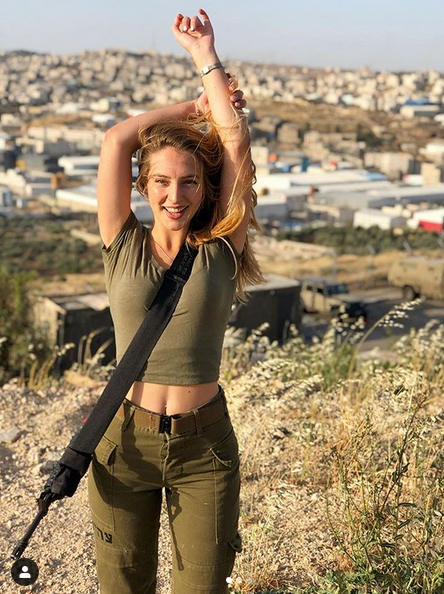
It is difficult to overestimate the contribution made to the formation of dance folklore by composer M. Shelem and choreographers R. Shturman and L. Bergshtein. In the process of recreating the local color, they began to study the Arabic and Bedouin dance traditions. As it turned out, the male dance, symbolizing strength and masculinity, was especially widespread: moving in a circle, the dancers clearly beat the rhythm with their heels, and the one who led the group held a staff or other object in his hand that distinguished him from everyone else.
In 1944, at the height of the war, Kibbutz Dalia hosted a festival that had a major impact on Israeli folk dance. Despite certain fluctuations associated with the alarming situation, the festival did take place, and later it was repeated more than once at intervals of several years, and invariably was a resounding success. The good tradition has found its continuation in our time: the festivals that have been held in Karmiel since the late 80s gather both amateur groups and ballet groups and ensembles.